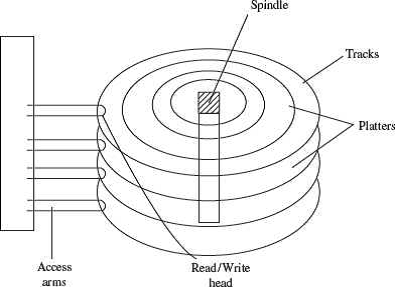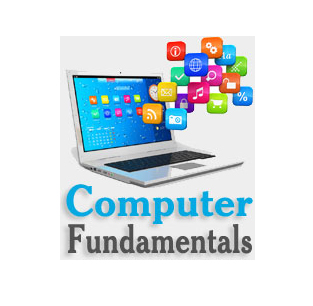Hard Disk
Hard Disk
A hard disk (HD) consists of one or more platters divided into concentric tracks and sectors. It is mounted on a central spindle, like a stack. It can be read by a read/write head that pivots across the rotating disks. The data is stored on the platters covered with magnetic coating.

• Hard disk is a fixed disk. The disk is not removable from the drive, unlike floppy disk.
• The hard disk and Hard Disk Drive (HDD) is a single unit.
• Hard disk can store much more data than floppy disk. The data in hard disk are packed more closely (because fast spinning uses smaller magnetic charges) and they have multiple platters, with data being stored on both sides of each platter. Large capacity hard disks may have 12 or more platters.
• Unlike floppy disk, the read/write head of hard disk does not touch the disk during accessing.
• Hard disk can spin at the speed of up to 10,000 revolutions per minute and have an access time of 9—14 ms. It stores 512 bytes per sector but the number of sectors are more per track (54 or more) than floppy disk.
• Nowadays, hard disks are available that can store up to 500 GB of data. Generally, PCs come with 160 GB hard disk.
• Hard disk is the key secondary storage device of computer. The operating system is stored on the hard disk. The performance of computer like speed of computer boot up, loading of programs to primary memory, loading of large files like images, video, audio etc., is also dependent on the hard disk.
• Nowadays, portable external hard disk drive is available which can be attached to the USB drive of the computer. They come in the storage capacities of 80 GB to 2 TB.
